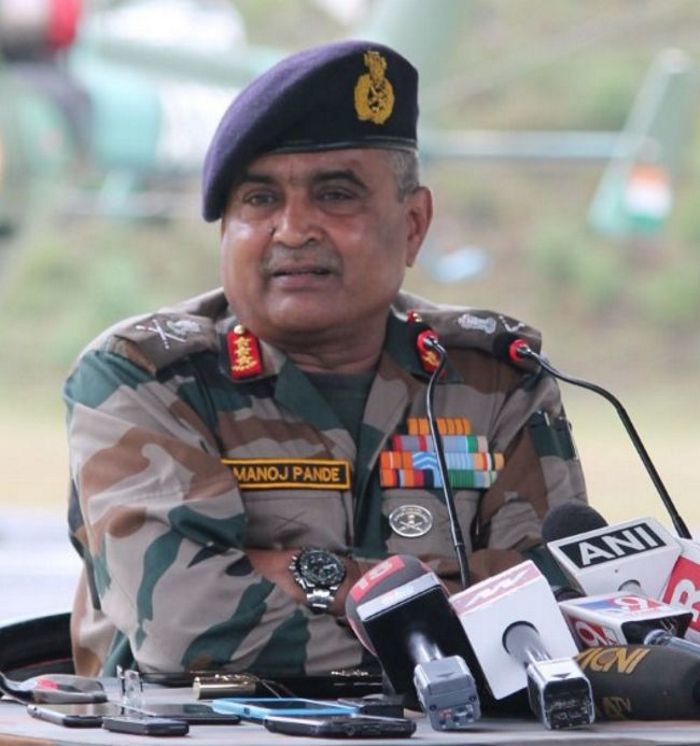Undertake exercise cautiously, pragmatically

ARMY Chief Gen Manoj Pande has stated that a plan to right-size the Army has been submitted to the Ministry of Defence (MoD). ‘We have a plan to optimise our strength by 2027. We will achieve optimisation by 1 lakh troops,’ he said in the run-up to Army Day, which falls on January 15. The roadmap includes optimising or even phasing out British-era units that are now considered redundant. General Pande has mentioned, for instance, the right-sizing of animal transport units, which are being replaced by drones and all-terrain vehicles. The move is also part of the ongoing efforts to decolonise the Indian military. In its year-end review (2023), the MoD had said: ‘Given the global trends and rightsizing initiatives, the Indian Army is attempting to make the Short Service Commission more attractive.’ It seems that greater emphasis is being laid on quality than quantity.
Force restructuring, rationalising and reorganising are a must to optimise manpower. The proposed creation of integrated triservice commands also envisages such interventions to make the defence forces self-reliant and future-ready. Finding the right ‘teeth to tail’ ratio is a big challenge, considering the existing heavy deployment of troops along the Line of Actual Control in eastern Ladakh. Indian soldiers have been maintaining a ‘very high state’ of operational preparedness along the borders with China and Pakistan.
The right-sizing exercise has to be undertaken cautiously and pragmatically so that there is no compromise on national security. A clear distinction has to be made between what is expendable and what is not. The primary consideration should be to create a leaner and meaner military which can deal more effectively with the enemy. Making tweaks mainly for the sake of reducing expenditure is not advisable. The long-delayed integration of triservices should also be prioritised to make the forces better prepared for contemporary as well as future warfare.
